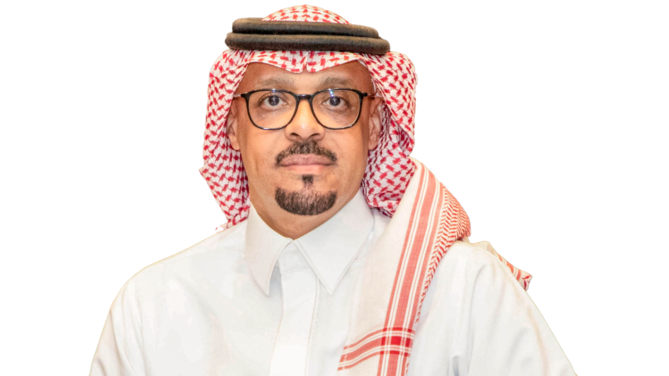

Register for MEED's guest programme
Saudi Arabia is driving the development of the northwestern region of Hail, known for agriculture, mountain trails and Unesco heritage sites.
With a population of approximately 746,000 and an economy generating about SR28bn ($7.5bn) annually, Hail is expected to become a key destination for tourism and investment in the coming years.
“The tourism and manufacturing sectors are vital contributors to Hail's economy, accounting for 60% of its GDP," Omar Abduljabbar, CEO of Hail Region Development Authority (HRDA), tells MEED.
"We've seen significant tourism growth, surpassing national rates, with plans for further enhancement through cultural, adventure and nature tourism projects.”
The region boasts historical sites dating back thousands of years, such as Umm Sinman Mountain and Faid Historical City, which attract visitors from around the world.
Hail's favourable climate and fertile land position it as a key agricultural hub, and there are plans to maximise its potential through strategic partnerships and investments in food processing.
Driving force
Created through Council of Ministers Decree 475, HRDA is a regional governing body that plays a pivotal role in ensuring growth and development in the city.
It is also leading efforts to develop the Jubbah Unesco heritage site, focusing on infrastructure development, attracting investors and ensuring a supportive investment environment.
The authority has played a key role in enabling the city to host events like the Aja Mountain Festival, Al Taie Festival, the Dakar Rally and the Hail International Rally.
According to Abduljabbar, the authority helps drive regional economic development, infrastructural advancements and community wellbeing.
By spearheading strategic initiatives and investments, HRDA aims "to transform the landscape, elevate living standards and cultivate a thriving environment for residents and businesses alike".

Source: Unesco
“The Council of Ministers Decree 475 outlines our role in planning, enabling and selectively implementing local developments in the Hail region. Essentially, our mandate can be summarised into three key areas: planner and regulator, enabler and selected implementer,” Abduljabbar says.
As a planner and regulator, HRDA engages in strategic planning, urban planning and spatial regulations.
The authority is tasked with developing regional strategies and policies, overseeing infrastructure development plans and enforcing spatial planning regulations to align regional and local development initiatives.
It coordinates regional projects, promotes investment in the private sector and manages regional data to ensure its availability to relevant stakeholders.
HRDA also implements strategic initiatives and mobilises required regional development stakeholders in the process, says Abduljabbar.
10,000 years
Hail is home to several important historic and cultural landmarks, according to Unesco, including two areas where rock art comprising petroglyphs and inscriptions can be found: Jabal Umm Sinman in Jubbah, located approximately 90 kilometres (km) northwest of the city of Hail, and Jabal Al Manjor and Jabal Raat in Shuwaymis, approximately 250km south of Hail.
At Jabal Umm Sinman, the ancestors of present-day Arabs left marks of their presence in petroglyph panels and inscriptions within a landscape that once overlooked a freshwater lake.
At Jabal Al Manjor and Jabal Raat, the large number of petroglyphs and inscriptions have been attributed to almost 10,000 years of human history within a valley with flowing water.
Together, these components contain the biggest and richest rock art complexes in Saudi Arabia and the wider region, according to the Unesco website.
 MEED's April 2024 special report on Saudi Arabia includes:
MEED's April 2024 special report on Saudi Arabia includes:
> GVT & ECONOMY: Saudi Arabia seeks diversification amid regional tensions
> BANKING: Saudi lenders gear up for corporate growth
> UPSTREAM: Aramco spending drawdown to jolt oil projects
> DOWNSTREAM: Master Gas System spending stimulates Saudi downstream sector
> POWER: Riyadh to sustain power spending
> WATER: Growth inevitable for the Saudi water sector
> CONSTRUCTION: Saudi gigaprojects propel construction sector
> TRANSPORT: Saudi Arabia’s transport sector offers prospects
You might also like...

TotalEnergies to acquire remaining 50% SapuraOMV stake
26 April 2024

Hyundai E&C breaks ground on Jafurah gas project
26 April 2024

Abu Dhabi signs air taxi deals
26 April 2024

Spanish developer to invest in Saudi housing
26 April 2024
A MEED Subscription...
Subscribe or upgrade your current MEED.com package to support your strategic planning with the MENA region’s best source of business information. Proceed to our online shop below to find out more about the features in each package.







